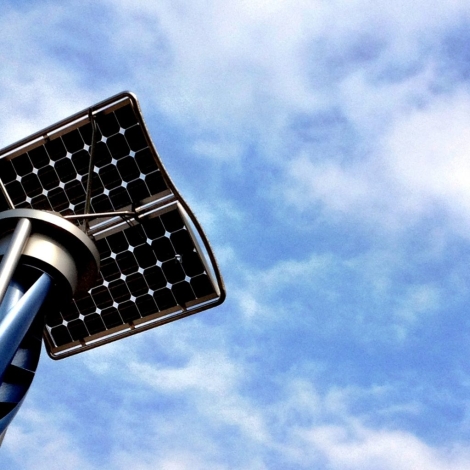An uptick in research into hybrid renewable energy systems has demonstrated their benefits. These systems combine one or more renewable energy power generators with storage, and sometimes they can include a non-renewable energy source. Micro versions of these systems, such as a micro-wind turbine with a few solar panels, may be a technically feasible solution for rural electrification in underserved communities in low- and middle-income countries. Harnessing energy both from the wind and the sun makes these strong candidates to provide green and clean rural energy.
These systems can solve some of the problems inherent in traditional renewable energy systems by diversifying the energy source. A solar panel’s weakness is nighttime and poor weather, and a wind turbine will not work on a calm day. Combine the two for more consistent power generation around the clock. At the same time, hybrid systems have low emissions and help meet climate change mitigation goals.
Rural electrification using green renewable energy is a vital concern framed within the UN’s Sustainable Development Goal 7: Affordable and clean energy. The prioritization of the problem is well placed. Rural communities in low-and middle-income countries are the ones that suffer most from the effects of climate change. And these communities can also benefit from hybrid energy systems.
Smaller is better
Big wind turbines and commercial solar farms are not feasible for rural electrification. They are too expensive at the outset, and operations and maintainance is costly and requires technical know-how, which may be impractical in a community with few resources. Better candidates for rural electrification would be micro-scale hybrid renewable energy systems.
Although there are few commercially available hybrid renewable energy systems, research is underway. SolarMill by Windstream Technologies is one of the world’s first commercially available solar and wind hybrid systems.
These systems have been installed in several parts of the world including in Kuwait, Myanmar, and also in Malawi.
The video below shows installed SolarMills in countries around the world.
Investment needed
In my perspective, I believe that governments, corporations and ventures working within the sustainable energy sector should be investing more into research and development of hybrid renewable energy systems. The work would take us closer to meeting SDG7. Hopefully, in the next few years we will see a rise in commercial hybrid renewable energy systems, and projects implementing them in rural communities.
About the Author
Buddila Wijeyesekera is an E4C Fellow and mechanical engineer with experience in energy and sustainability projects. His work aims to improve access to clean energy in the drive for a sustainable future.


I have published designs suitable to micro grid. Exclusive rights run out in less than 1 year then they’re worth peanut shells. https://youtu.be/Mak7J-o1H-k https://youtu.be/G0De5tXBQic combine the 2 and you get very small high output micro grid. Please contact me.